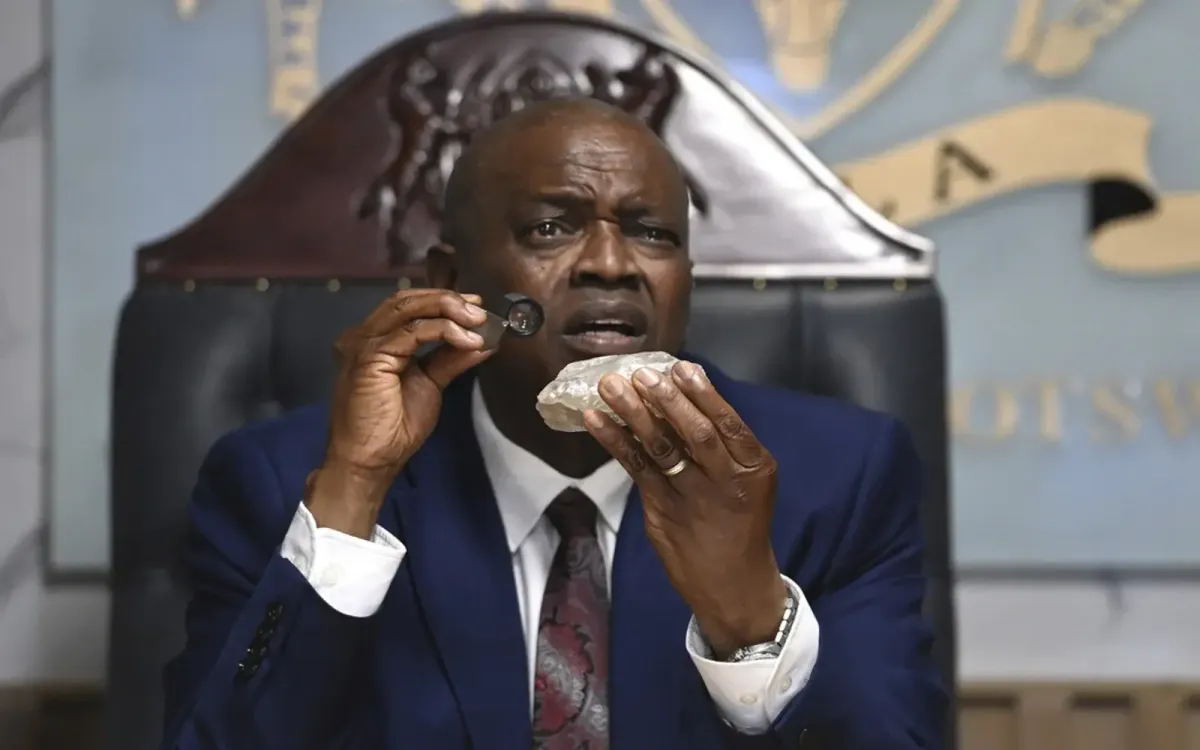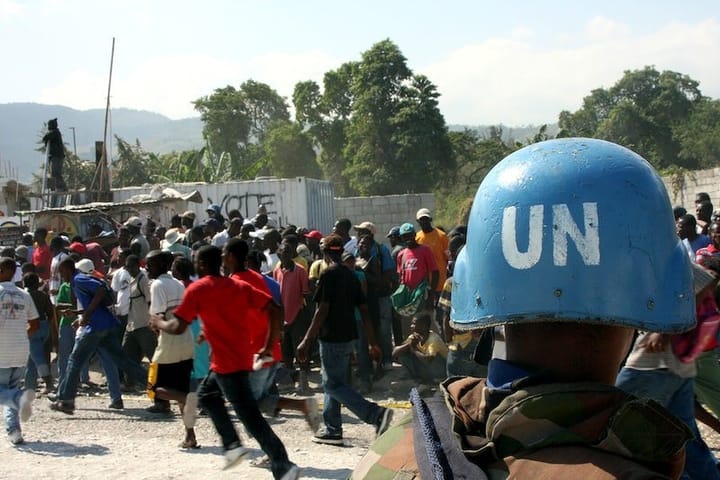Botswana's Blueprint

Before gaining independence in 1966, Botswana — then known as the British Protectorate of Bechuanaland — was one of the poorest and least developed territories, characterized by its minimal infrastructure and limited economic development. The British administration invested little in the territory, resulting in a lack of schools, paved roads, and healthcare facilities. At independence, Botswana had only about 12 kilometers of paved roads and very few citizens with any formal education and few could have predicted its rise to becoming one of Africa’s most stable and prosperous nations.
Landlocked and isolated, Botswana lacked the fertile lands of its neighbors and faced the challenge of building a nation from scratch. However, under the leadership of its first president, Sir Seretse Khama, Botswana adopted a vision of prioritizing self-reliance, economic freedom, and a prudent management of resources. Khama’s administration implemented free-market policies, maintained low and stable taxes to avoid tax evasion and corruption, and also upheld liberal democracy. This approach led to rapid economic growth, with the economy expanding at an average annual growth rate of more than 9% between 1966 and 1999. The nation’s impressive economic record was built on the foundation of wisely using diamond mining revenue to propel prudent fiscal policies and its relatively small population.
Botswana’s economic diversification has been shaped by its political stability and strategic investments. Post-independence, the government used its diamond wealth to invest in healthcare and education and build infrastructure — allowing the nation to avoid the “resource curse”, which afflicts many resource-rich countries where there is an over-reliance on natural resources like oil, minerals, and diamonds and affects broader economic growth. Beyond mining, Botswana expanded into ecotourism, financial services, and renewable energy, focusing on solar power to reduce reliance on imports. In 2024, Botswana saw a shift in leadership with the Botswana Democratic Party losing its long-standing dominance, but the smooth transfer of power to the Umbrella for Democratic Change has reinforced its reputation for stability.
On the other hand, many African nations have fallen into the typical “resource curse,” where an over-reliance on natural resources like oil, minerals, or diamonds affects broader economic growth. This occurs when resource-rich countries experience slow economic growth, poor governance, and instability, as the focus on resource extraction often diverts attention from building other sections, like education and manufacturing. Malawi, for example, depends significantly on foreign aid. Until the recent freezing of USAID funds, the U.S. gave over $350 million to Malawi annually, which accounts for more than 13% of the African nation’s annual budget. Much of this aid goes to healthcare, education, and infrastructure, but it has been less effective due to corruption and poor management. Unlike Botswana, which strategically invested in its diamond wealth, Malawi has struggled to use aid to drive sustainable economic growth and reduce its dependence on external support.
While the government initially kept high-levels of foreign assistance, it has significantly reduced this dependence over time. In the early post-independence period, countries like the U.S. and the Soviet Union provided aid for infrastructure, healthcare, and education. However, it was the effective management of resource wealth that really propelled Botswana’s development forward and reduced reliance on foreign aid. By 2020, Botswana received less than 1% of its budget from aid, compared to over 13% in Malawi.
In these countries, foreign assistance has often taken the place of domestic economic strategies, putting off the need for necessary government reforms. But why haven’t these nations prioritized self-sufficiency? In many cases, structural issues like corruption, political instability, and weak governance prevent effective investment in long-term economic growth. Governments reliant on foreign aid may lack the incentive to implement difficult but necessary reforms, as consistent financial inflows can reduce pressure to address inefficiencies.
For example, in South Sudan, mismanagement and corruption have led to billions in aid failing to translate into lasting development, while in Malawi, dependency on donor funds has sometimes discouraged investment in sustainable domestic industries. Botswana's success in managing resources and strengthening institutional stability suggests that foreign assistance should focus on building institutional capacity and supporting governance reforms rather than just providing financial aid. The country’s developed state demonstrates the importance of policies that promote economic diversification and foster sustainable growth. But as noted above, are international donors actually doing that right now? It's not that other countries are willing to waste money — many donors have the right intentions. The real issue may be the lack of effective governance and reform, which hampers the benefits of aid. International donors might achieve better results by working alongside the government to implement structural reforms, increase transparency, and establish conditions for long-term development rather than relying primarily on direct financial support.
However, despite Botswana’s relative success, its economy is not without its flaws. The country still faces a high unemployment rate, heavy dependence on diamonds, and income inequality. While the government has attempted economic diversification, sectors like manufacturing and technology remain underdeveloped. Malaysia, for example, has successfully moved from resource dependency to a diversified economy by heavily investing in education, technology, and export-driven industries. Botswana could take a similar approach by leveraging its stability to attract investment in high-growth industries like ecotourism, financial services, and education, making sure of long-term economic sustainability.
While foreign aid and assistance still remain essential for humanitarian relief, Botswana’s case defies the presumption that long-term development solely relies on external financial assistance. Botswana did indeed depend on foreign aid in the beginning, but its success lies in how its leadership used that aid to build a platform for sustainable growth. Botswana’s leadership prioritized strategic investments, establishing strong institutions and adherence to self-sustenance, which allowed the country to go from aid dependence to self-reliance. What this reminds us is that successful development relies on the wise use of available resources, rather than necessarily the continuous flow of foreign aid.



